 Written by Amanda Lundberg, BSN, RN
Written by Amanda Lundberg, BSN, RN
Since the 1980s, medical practitioners and clinical researchers have been studying the therapeutic benefits of light therapy. While once only available in clinics or medical spas, red light therapy devices are now readily available for home use and can help in the treatment of a variety of conditions. As popularity has increased, so too have misconceptions relating to the treatment. Let’s break down the most commonly seen myths related to red light therapy.
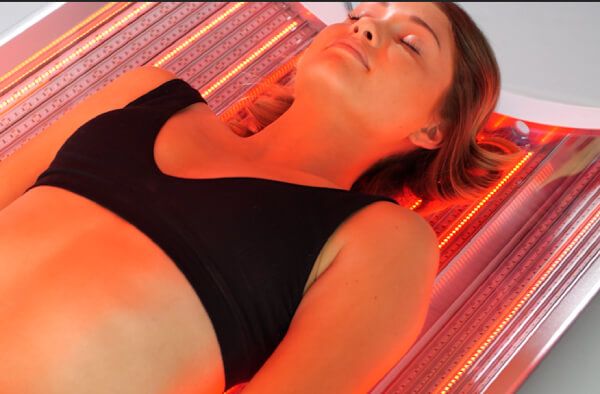
Many things in the health and wellness sector sound too good to be true- including red light therapy. We get it. You are skeptical. So were we when red light therapy devices first appeared on the market! But growing research has shown that phototherapy using red light can be beneficial for a wide range of medical and aesthetic conditions. From acute wound healing to acne vulgaris to herpes simplex and zoster, top-quality evidence continues to support the use of red light therapy in treatment.
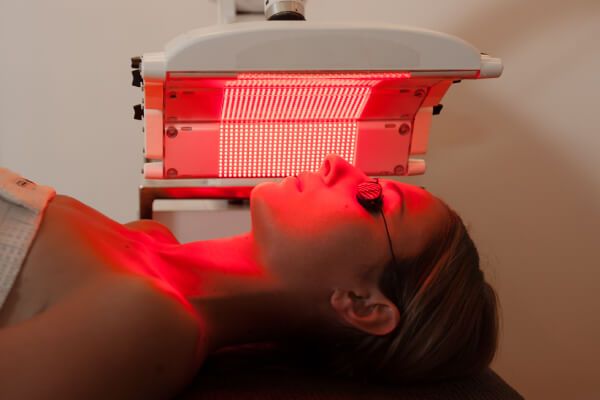
The evidence is there, so how does it work? Red light therapy penetrates the skin to activate the energy-producing part of our cells known as the mitochondria. These structures are responsible for producing energy which allows cells to work efficiently, facilitates new cell growth, and increases healing time. In the skin, this boost in energy can translate to increased collagen production, fibroblast production, increased tissue circulation, and reduced inflammation. As applications continue to grow, so too does clinical research providing knowledge, indications, and data relating to the proper use of the modality.
Perhaps the biggest myth relating to phototherapy is that all light is the same. On the contrary, different types of light are very unique and are used for varying applications. Light is measured in nanometers, with each nanometer representing a different wavelength of light energy. Red light for example is represented at approximately 630-700 nm, whereas infrared light is found between 700 and 1200 nm. As it applies to treatment, near-infrared light (NIR) can penetrate deeper into the skin than red or blue light can and is used for pain relief and muscle recovery. Red light acts more superficially and is effective for skin issues, wound healing, and hair growth. It is important that you identify the type of wavelength needed to reap the most benefits for your specific condition. Many devices offer a combination of varying red and infrared wavelengths to provide assorted uses - users purchase this type of device most of the time.
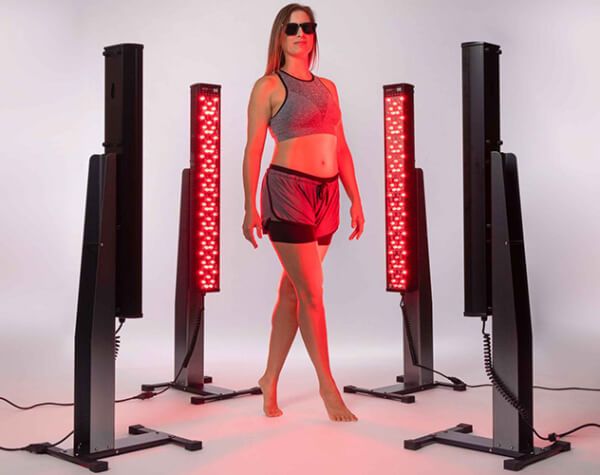
The market has been flooded with both high-quality and poor-quality red light devices. This goes for both at-home and professional devices. Doing your research is imperative before making a purchase to ensure your device provides the quality and type of light that you need. Regardless of whether you are seeking treatment in a professional setting or at home, it is valuable to know the type of light emitted, the irradiance (or light concentration), and the size of the device. Each of these factors will have a direct impact on the efficacy, prognosis, and safety of the treatment performed. There are plenty of at-home devices that are just as good as professional ones.
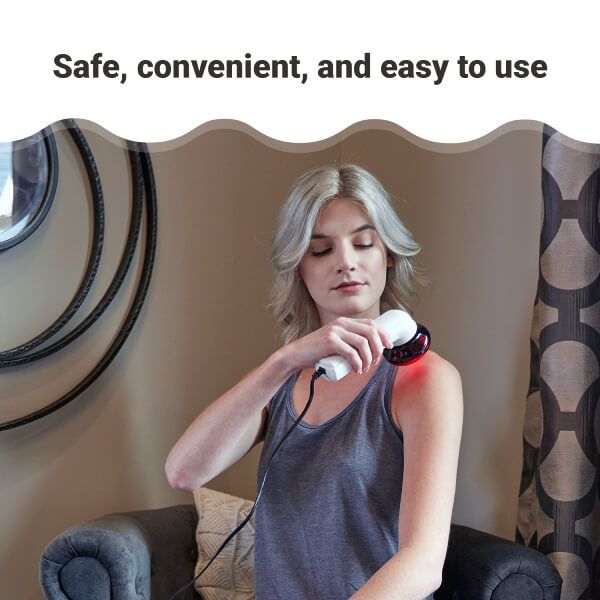
TIP: Some wellness clinics are advertising red light therapy for conditions that are not backed by clinical research. Read up on your condition and device specifics before committing to any treatment.
Many people associate red light with heat or fire, but red light therapy will not burn the skin and in fact, doesn’t produce any heat at all. When used as directed, it has been found to be completely safe even with continued use. Contrary to tanning beds which emit damaging UV rays, red light therapy devices do not expose the skin to any harmful wavelengths and are not associated with any side effects.
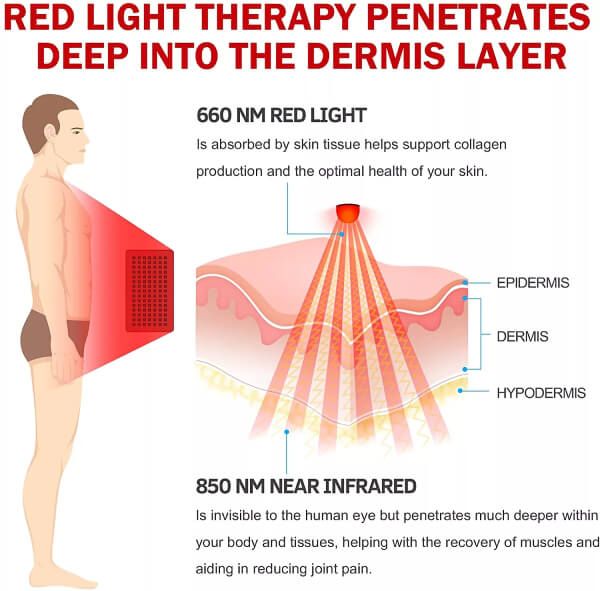
While research has been centered around red light therapy for skin conditions, many alternative uses are being studied. Commonly seen applications in dermatology include wound healing, wrinkle-reduction, scar-reduction, and in the treatment of psoriasis, rosacea, acne, and eczema. Besides skin health, other medical uses of red light therapy include treatments for osteoarthritis, rheumatoid arthritis, tendonitis, neuropathy, sleep, circulation, cold sores, and more.
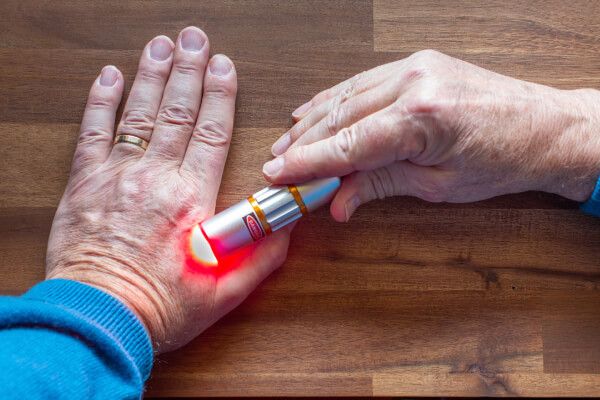
The general rule for most red light therapy devices is treatment should be performed most, if not all, days of the week but for a shorter duration. 15-30 minutes per session tends to be the most commonly seen recommendation for optimal use with some variation observed based on individual needs and conditions. Sitting in front of the light for a longer duration has not been shown to improve the effectiveness of the treatment. Usually, the recommended treatment time and frequency are outlined in a device’s user manual. In addition, each individual and device are unique, so follow directed guidelines and work with your physician to establish the best treatment plan for you or your loved one.
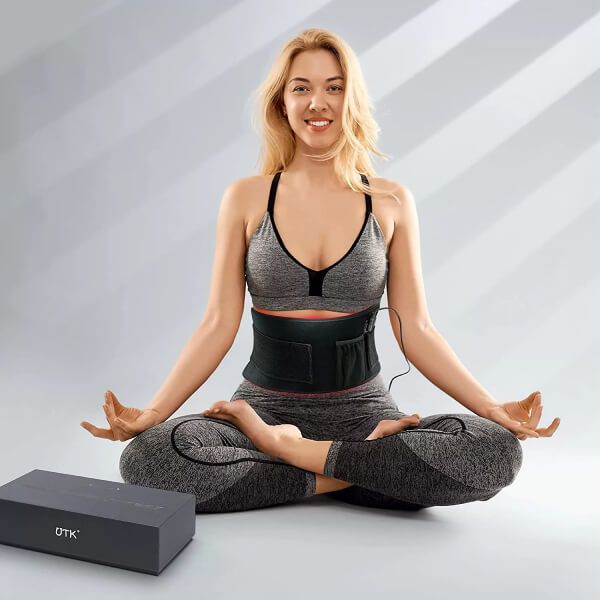
When used appropriately and as indicated, red light therapy can provide therapeutic benefits for a number of medical and health-related conditions. Understanding the various types of light and the benefits that occur with exposure to varying wavelengths is imperative to choosing the correct light therapy device for you.
Your next step is reading Expert Explains How To Choose A Red Light Therapy Device so you can make an informed buying decision!
Didn't find what you were looking for? Browse all Light Therapy products or our entire catalog of Therapeutic Modalities products.
Interested in learning more? Check out our free, educational resource Caregiver University. You will find incredible articles about light therapy, hyperbaric oxygen therapy, cryotherapy, and much more!
Want to get social? Find dozens of videos featuring products and tips like these on Rehabmart’s YouTube channel! And follow the RehabMart.com Facebook!

Amanda is a registered nurse with over a decade of experience in hospital, clinic, and healthcare management settings. Her primary focus has been collaborating with patients to manage disease processes. Aiming at continuing active lifestyles for her patients, Amanda has become an expert in adjunct therapies.
Amanda incorporates a holistic approach to heal the body from within. She has completed extensive research in remedial treatments using oxygen, as well as becoming a professional light therapy specialist. Her reparative ethos to health has sparked engaging conversations and teaching opportunities nationwide.
Amanda has taken her passion for articulating technical medical language and transitioned to freelance writing. She enjoys bringing a clinical voice to health and wellness brands.